Casio PRW-6600YB-3ER Handleiding
Bekijk gratis de handleiding van Casio PRW-6600YB-3ER (16 pagina’s), behorend tot de categorie Horloge. Deze gids werd als nuttig beoordeeld door 75 mensen en kreeg gemiddeld 4.4 sterren uit 38 reviews. Heb je een vraag over Casio PRW-6600YB-3ER of wil je andere gebruikers van dit product iets vragen? Stel een vraag
Product specificaties
| Merk: | Casio |
| Categorie: | Horloge |
| Model: | PRW-6600YB-3ER |
| Gewicht: | 80 g |
| Breedte: | 51.5 mm |
| Diepte: | 13.6 mm |
| Hoogte: | 51.6 mm |
| Electronisch kompas: | Ja |
| LED backlight: | Ja |
| Type horloge: | Horloge |
| Mechanismetype: | Kwarts (zonne-energie) |
| Type wijzerplaat horloge: | Analoge & lcd-wijzerplaat |
| Waterdicht: | Ja |
| Stopwatch: | Ja |
| Countdown timer: | Ja |
| Waterbestendig druk: | 10 ATM |
| Wereldklok functie: | Ja |
| Alarm functie: | Ja |
| Agenda: | Ja |
| Klokmodus: | 12/24 uur |
| Nauwkeurigheid: | -15 - 15 sec/maand |
| Aanpasbare afteltimer: | 1 - 60 min |
| Nauwkeurigheid stopwatch: | 0.01 s |
| Meetcapaciteit stopwatch: | 24 h |
| Type kalender: | Overdag |
| Horlogekast materiaal: | Kunststof |
| Kleur behuizing: | Zwart |
| Band materiaal: | Kunststof |
| Hoofdkleur van band: | Groen |
| Glas type van horloge: | Mineraalglas |
| Hoesvorm: | Rond |
| Hoofdkleur van wijzerplaat: | Grijs |
| Geslacht: | Unisex |
| Barometer: | Ja |
| Batterij-indicator: | Ja |
| Hoogtemeter: | Ja |
| Lichtgevende wijzerplaten: | Ja |
| Thermometer: | Ja |
| Productontwerp: | Casual |
Heb je hulp nodig?
Als je hulp nodig hebt met Casio PRW-6600YB-3ER stel dan hieronder een vraag en andere gebruikers zullen je antwoorden
Handleiding Horloge Casio
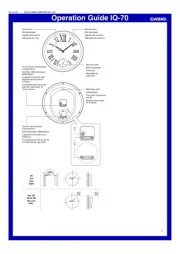
18 Juni 2025
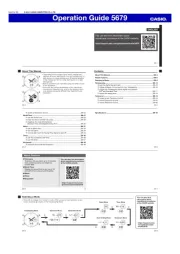
17 Juni 2025
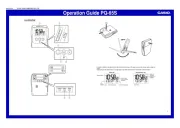
17 Juni 2025
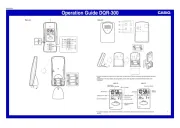
16 Juni 2025

16 Juni 2025
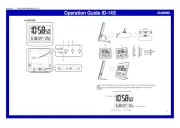
16 Juni 2025
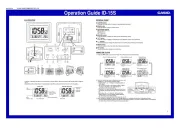
16 Juni 2025
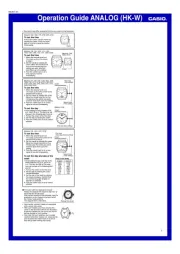
16 Juni 2025
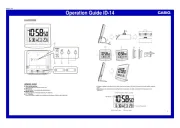
16 Juni 2025
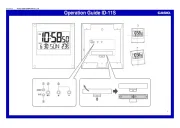
16 Juni 2025
Handleiding Horloge
- Timer
- Lucien Picard
- So & Co
- GC Watches
- Haffstreuner
- Marquant
- Meister Anker
- Ade
- Armani
- Uri Minkoff
- Sekonda
- Iron Annie
- X-WATCH
- Oregon Scientific
- Ronda
Nieuwste handleidingen voor Horloge

5 Juli 2025

5 Juli 2025

4 Juli 2025

4 Juli 2025

4 Juli 2025

4 Juli 2025

4 Juli 2025

2 Juli 2025
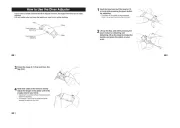
1 Juli 2025

21 Juni 2025